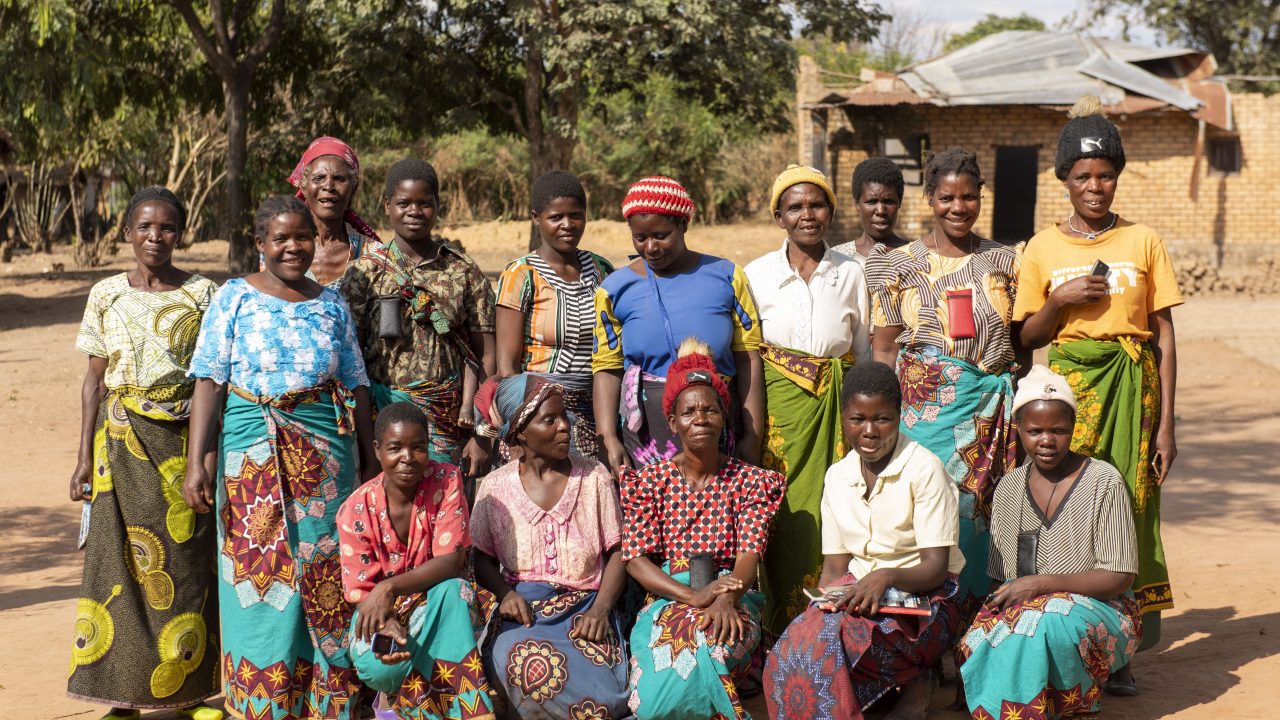GiveDirectly and Center for Effective Global Action – Using Data Science to Target Cash Transfers for COVID-19 Relief

SUBMITTED BY
GiveDirectly and Center for Effective Global Action
PARTNERS
Data-Intensive Development Lab (DIDL) at UC Berkeley
LOCATION
Democratic Republic of the Congo, Malawi, Nigeria, and Togo
On the road to recovery from COVID-19, many countries lack reliable and up-to-date information about economic conditions on the ground and have no way of collecting it during a pandemic. Traditional aid modalities relying on in-person enrollment and delivery are no longer safe or scalable, with governments and NGOs lacking personnel and relief taking weeks to arrive.
Harnessing the Power of Data:
Inclusive Growth and Recovery Challenge Impact Report
GiveDirectly supported the government of Togo’s GiveDirect-Novissi program to deliver emergency cash transfers to almost 140,000 individuals in poverty nationwide and the Democratic Republic of Congo’s STEP-KIN program to deliver emergency cash transfers to around 50,000 individuals in vulnerable neighborhoods of Kinshasa.

Highlights
-
1
Launched GiveDirect-Novissi
CEGA used satellite imagery and call detail records (CDR) data to develop hyper-localized wealth estimates at the canton-level for individual cell phone users in rural Togo. The research team then conducted a phone-based survey of a representative sample of 8,915 cell phone subscribers across the poorest rural cantons, and used this data to train and validate a machine learning algorithm to predict an individual’s wealth from their mobile use. The government of Togo then used the algorithm to target individuals living in extreme poverty nationwide. By combining this innovative targeting approach with remote USSD enrollment and instant payments, the Togolese government provided unconditional cash transfers contactlessly to 138,585 of its citizens in most need between December 2020 and April 2021.
-
2
Shared Methodology and Code Base
Researchers from CEGA and the Innovations for Poverty Action (IPA) published an article about this work in Nature, demonstrating that the phone-based targeting methodology helped the government of Togo target COVID aid more effectively than traditional targeting methods through enabling more accurate and rapid identification of the most vulnerable. The phone-based approach improved the precision of the social assistance program targeting by 42 percent relative to a naive geographic targeting of the 100 poorest cantons in Togo. GiveDirectly and CEGA published the targeting methodology behind MobileAid as an open-source codebase so that governments and NGOs can use this new methodology to improve the targeting and delivery of aid.
-
3
Scaled Model to Other Countries
Using lessons learned from the work in Togo, GiveDirectly launched pilots for remote cash transfer programs (called MobileAid pilots) with additional external funding of $18.75 million in three new countries: the Democratic Republic of Congo (DRC), Malawi, and Nigeria.
Looking Ahead
GiveDirectly is launching additional MobileAid pilots in Bangladesh and Mozambique to set up infrastructure for remote cash delivery based on the model from Togo. GiveDirectly is also working to launch public-private partnerships in multiple countries to enable instant targeting and cash payments to support crisis response and social protection.